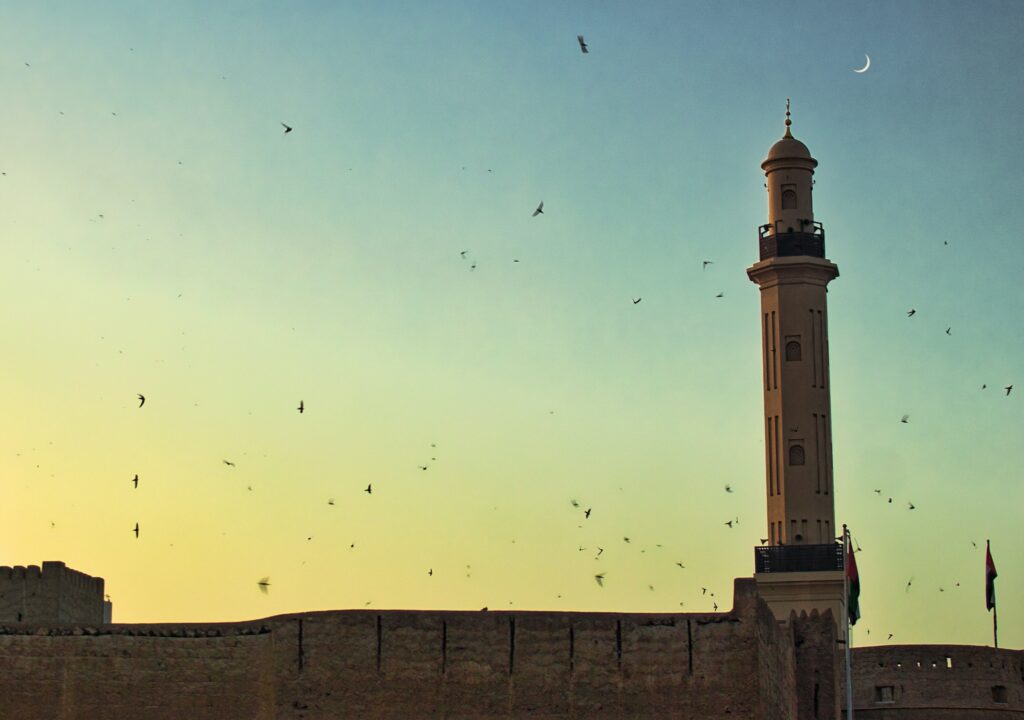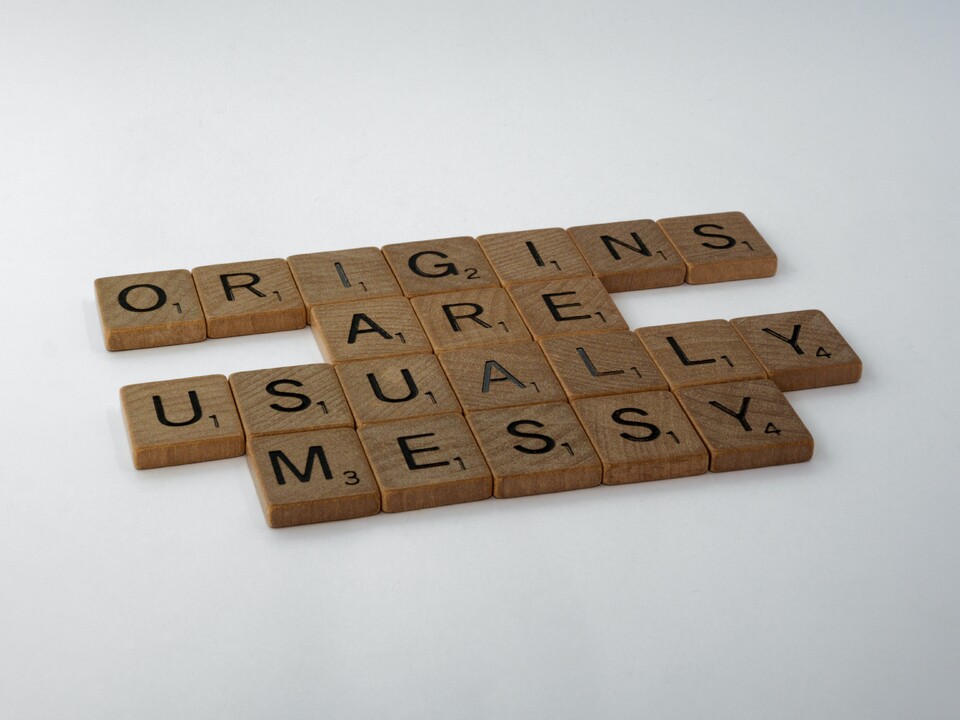Eid Al-Fitr: The Festival of Breaking the Fast

What is Eid Al-Fitr?
One of the two eids that are celebrated by Muslims in the year, Eid Al-Fitr, is the festival of breaking of the fast. This day marks the end of Ramadan, in which sawm is observed. Sawm is the practice of abstinence from food, drink, smoking, and sexual activity. During Ramzan, Sawm is observed from dawn till dusk when the holy sound of azan or adhan is sounded.
Ramadan is believed to be a time of spiritual reflection and self-improvement, which teaches the participants self-discipline and self-control. The other Eid that is celebrated is Eid ul-Adha. It honours the willingness of Ibrahim (a prophet and messenger of God) to sacrifice his son Ismael as an act of obedience to God’s command. This year it will fall on 19th July. To know more about this festival, read here.
Why is Eid Al-Fitr Celebrated?
As mentioned before, Eid Al-Fitr marks the end of Ramadan, a 30-days fast kept by Muslims. It is belived to have been started by Islamic prophet Muhammad. Certain traditions also believe that the Prophet Mohammad got the first revelation of the Holy Quran in this month. The day stands for expressing gratitude to almighty Allah. This festival is the time to renew one’s spiritual commitment to faith. People observe it with respect and fervor.
When is Eid Al-Fitr Celebrated?
Eid Al-Fitr concludes the 30 day fast and marks the beginning of the new month of Shawwal (the tenth tenth month of the lunar based Islamic calendar). The date for Eid Al-Fitr is not known too far in advance, as it varies based on when the new moon is sighted by the local religious body.
How is Eid Al-Fitr Celebrated?
Before the Eid prayers start, a payment to charity (Zakat Al-Fitr) is made. These collections are distributed to those in need, to ensure that they can take part in the festivities. Additionally, some people also take individual initiatives such as volunteering at soup kitchens or distributing food.
On this day, people wake up early in the morning and chant the daily prayer of salat-ul-fajr. They wear new clothes, and apply attar or ittar (traditional perfume) before heading to the special congressional prayers. Many people chant the takbir which is like a declaration of the faith on their way to the prayer ground. The Eid prayer is performed in congregation in open areas like mosques. People ask for Allah’s mercy and forgiveness.
Gifting also forms a big part of the celebrations of Eid Al-Fitr. The children receive eidia offerings by the family. Money bags, sweets and other gifts are exchanged among family members, neighbors and even strangers. This holiday is also known as “Sweet Eid” due to the plentiful sweet snacks available. Many sweets such as sevia, Laasida, Aseeda and more are prepared.
‘Eid Mubarak’: What does this greeting mean?
You will also hear “Eid Mubarak” from people around you, which means “Blessed Eid.” It is an expected way of greeting someone when you meet them on the occasion of Eid. This applies to both the Eid that are celebrated, Eid al-Fitr and Eid ul-Adha.
How is Eid Al-Fitr Celebrated in India?
India is a vast country and the celebrations may vary depending on the state you are residing in. However, there are some common elements you may spot when Eid Al-Fitr is celebrated.
The night before Eid is called the Chaand Raat (night of the moon). On this day, Muslims visit the local markets and the malls to shop for their families. The women also apply Mehendi (henna) on their hands and wear bangles.
People greet each other by saying “Eid Mubarak,” gifts are exchanged and meals are had together. On this day a special meal with numerous dishes is prepared. Some of the common dishes that you might spot are chicken biryani (rice dish with chicken), dahi bada (lentil fritters in yoghurt dip), sewaiya (sweet-savory of vermicelli and dry fruits), phirni (milk thickened with rice and dry fruits), kebabs, and sherbets.
How to celebrate Eid al-Fitr When in India?
Take part in all the festivities with an open heart. Wish your near and dear ones “Eid Mubarak.”
If you are a woman, you can also get mehendi (henna) applied on your hands. You may also visit local restaurants to try some of the signature dishes that are served on this festival, such as:
- Shahi Biryani: Saffron and milk infused rice and mutton dish
- Nihari Gosht: mutton dish enjoyed with varqi paratha (flaky bread)
- Seviya/Sewaiya: Sweet dish made of milk and long thin pasta or semolina noodles
- Sheer Khorma: Vermicelli pudding
- Badam Phirni: A creamy dessert made of rice, almonds and milk
We would love to hear from you. Connect with us on our social media channels, and share how you celebrated Eid Al-Fitr!







Nice